Children have a way of seeing the world with pure honesty. One child’s simple words taught me a life-changing truth about authenticity and self-acceptance.
The Unfiltered Words of a Child
It happened on an ordinary afternoon.
I was sitting at a café, waiting for a friend, when a little girl at the next table turned to me and said, “Why do you look so sad?”
Her mother gasped and whispered, “Don’t say that, honey.”
But the girl just blinked at me, her wide, curious eyes waiting for an answer.
I was caught off guard.
I had spent the whole morning pretending—smiling politely, making small talk, acting like everything was fine.
But somehow, this little girl saw right through me.
And I had no answer.
The Lies We Tell Ourselves
I smiled at her and said, “I’m not sad.”
She frowned, tilting her head.
“Then why do your eyes look like they’re crying?”
I laughed nervously. “I guess I’m just tired.”
She didn’t seem convinced, but her mother pulled her away, apologizing for her curiosity.
But I sat there, staring at my coffee, unable to forget her words.
Because she was right.
I was sad.
But I had gotten so used to hiding it—from others, from myself—that I didn’t even realize it anymore.
That child had done something adults rarely do—she told the truth without hesitation.
And in that moment, I realized:
We spend so much time pretending that we forget how to be real.
The Power of Childlike Honesty
Children see the world without filters.
- If they’re happy, they laugh.
- If they’re sad, they cry.
- If they don’t like something, they say so.
They have not yet learned how to hide their feelings behind polite smiles and half-truths.
But somewhere along the way, we are taught to:
- Say we’re “fine” even when we’re breaking inside.
- Smile when we feel like crying.
- Agree when we really want to say no.
We trade honesty for social acceptance.
But at what cost?
The Lesson That Changed Me
That child’s honesty stayed with me for weeks.
I started to notice all the times I wasn’t honest:
- Saying “I’m okay” when I wasn’t.
- Forcing myself to do things I didn’t enjoy.
- Pretending to be someone I thought people wanted me to be.
So I made a small change.
I started being more honest with myself and others.
- Instead of suppressing my feelings, I allowed myself to feel them.
- Instead of pretending to be happy all the time, I admitted when I was struggling.
- Instead of saying “yes” out of guilt, I learned to say “no” without apologizing.
And something unexpected happened…
I felt lighter.
Like I had been carrying a weight I didn’t even know was there.
Because honesty isn’t just about telling the truth to others—it’s about telling the truth to yourself.
How to Live with Childlike Honesty
If a child can tell the truth without fear, why can’t we?
Here’s how we can reclaim the honesty we lost:
1. Be Honest with Yourself First
- Ask yourself: “Am I truly happy? Or am I pretending?”
- Recognize when you’re ignoring your real feelings.
- Stop lying to yourself just to avoid discomfort.
2. Speak from the Heart
- If you need help, ask for it.
- If you disagree, say so (with kindness).
- If you love someone, tell them.
“The truth will set you free, but first, it will make you uncomfortable.”
— Gloria Steinem
3. Let Go of the Fear of Judgment
- People respect realness more than perfection.
- True friends accept you for who you are, not who you pretend to be.
- The world needs more honesty, not more masks.
4. See Life Through a Child’s Eyes
- Express your emotions freely, without shame.
- Be curious. Ask “why” more often.
- Say what you mean, and mean what you say.
The Final Lesson: The Freedom of Honesty
That little girl probably forgot about me by the time she finished her ice cream.
But I will never forget her.
Because in her simple question, she reminded me of a deep truth:
- We are not here to impress others—we are here to be real.
- Pretending to be okay doesn’t make us okay.
- Honesty is not weakness—it is freedom.
So the next time someone asks, “Are you okay?”
Instead of automatically saying, “I’m fine,”
Take a breath.
And tell the truth.
Because that is where real connection, and real healing, begins.


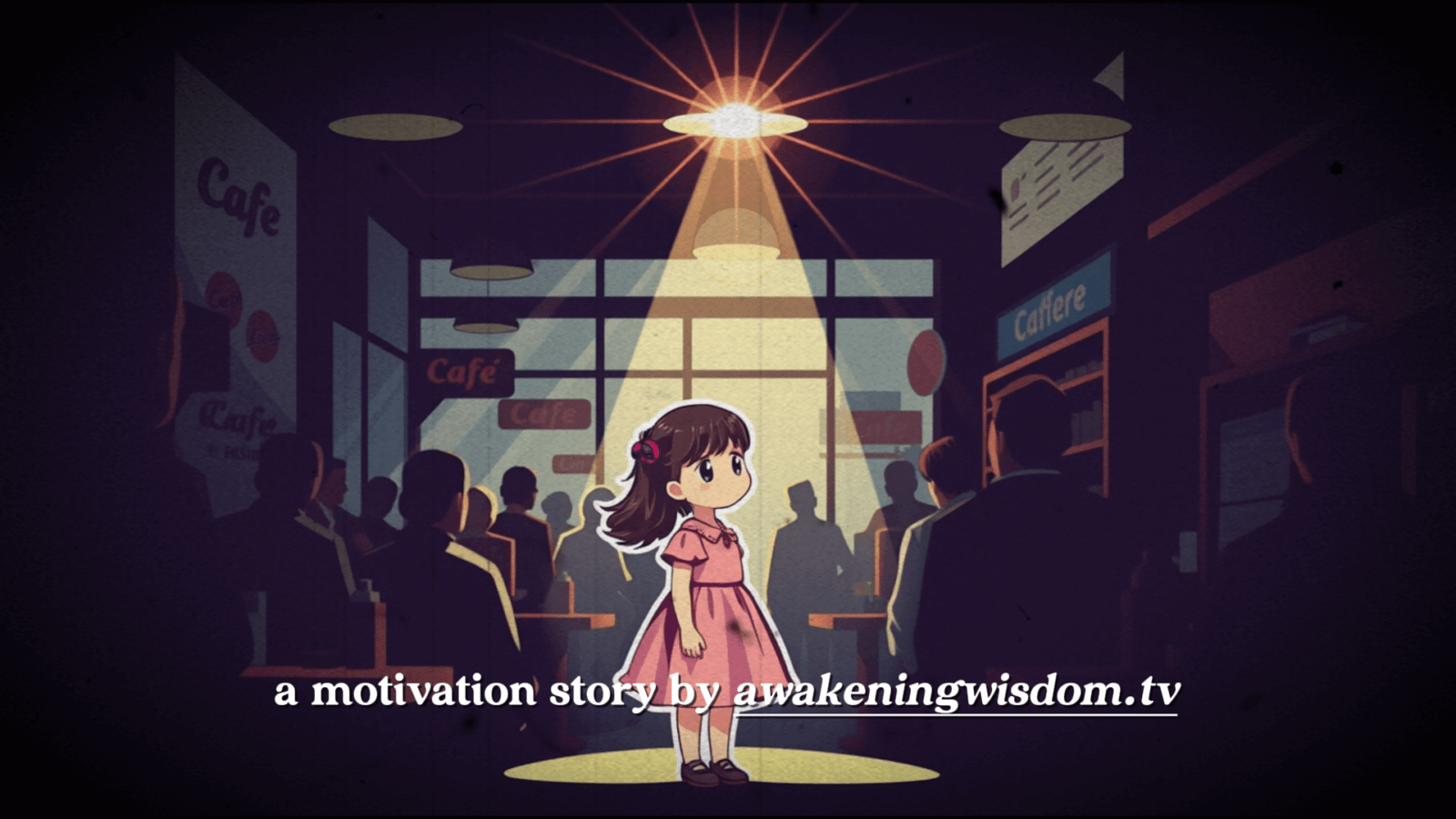
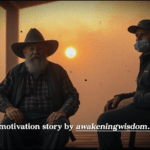
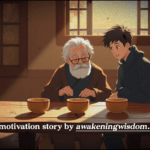
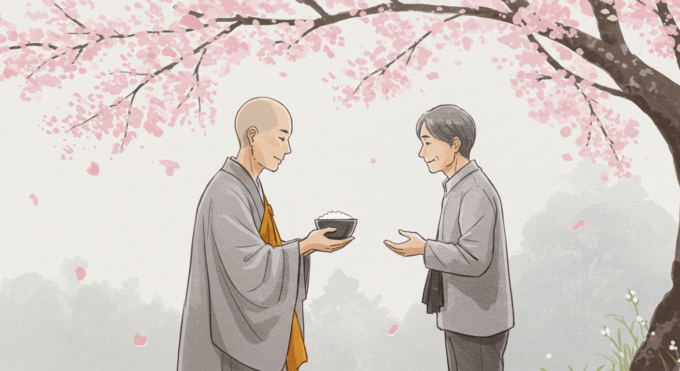
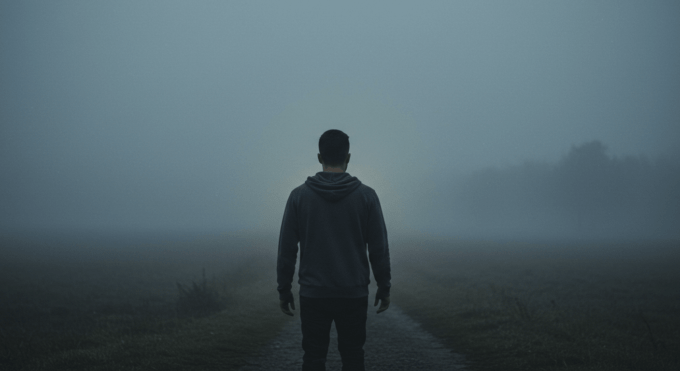

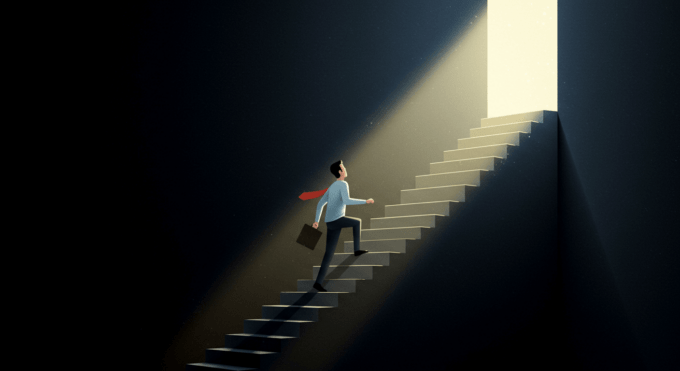
Leave a comment